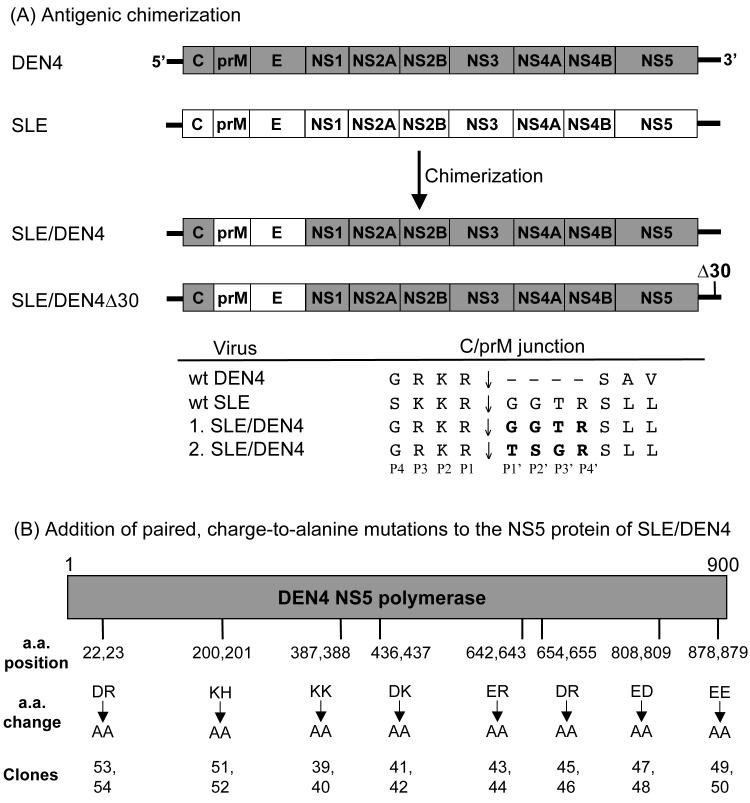Figure 1. Molecular construction of recombinant SLE/DEN4 antigenic chimeric viruses.
(A) The prM/E structural protein region of the DEN4 cDNA plasmid p4 [37] was replaced with the corresponding region from SLE Hubbard to generate the SLE/DEN4 virus. The Δ30 deletion, a 30 nucleotide deletion in the 3′UTR (DEN4 nucleotides 10,478-10,507), was introduced into the SLE/DEN4 cDNA plasmid and used to recover the SLE/DEN4Δ30 virus. The amino acid sequences surrounding the C/prM junctions at the protease cleavage site of parental and chimeric viruses are indicated. The P1′-P4′ amino acids of the resulting C/prM cleavage junctions in the SLE/DEN4 viruses are indicated in bold font. Separate SLE/DEN4 and SLE/DEN4Δ30 viruses were generated with both the GGTR or TSGR junctions. Arrows indicate the putative cleavage site at the C/prM junction mediated by the NS2B-NS3 protease. (B) The eight pairs of charge-to-alanine mutations introduced into the DEN4 NS5 protein in SLE/DEN4 are indicated. The numbering indicates the position of the amino acid (a.a.) pair within the NS5 protein. Each individual wild type pair of amino acids was mutated to a pair of alanines in the SLE/DEN4 cDNA clone to generate eight modified SLE/DEN4 viruses. Two independent virus clones were recovered for each mutation and are identified by a 3 digit clone number; e.g. SLE/DEN4-22,23 clones 53 and 54.

